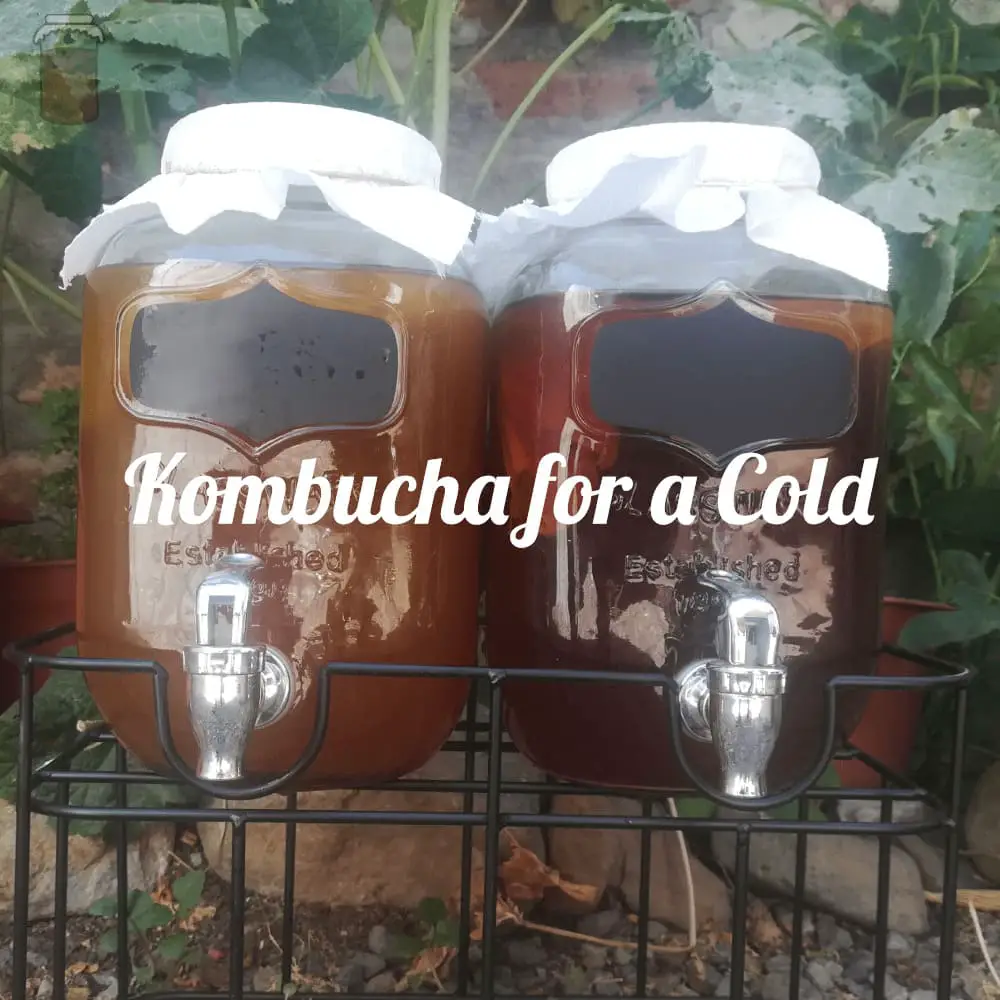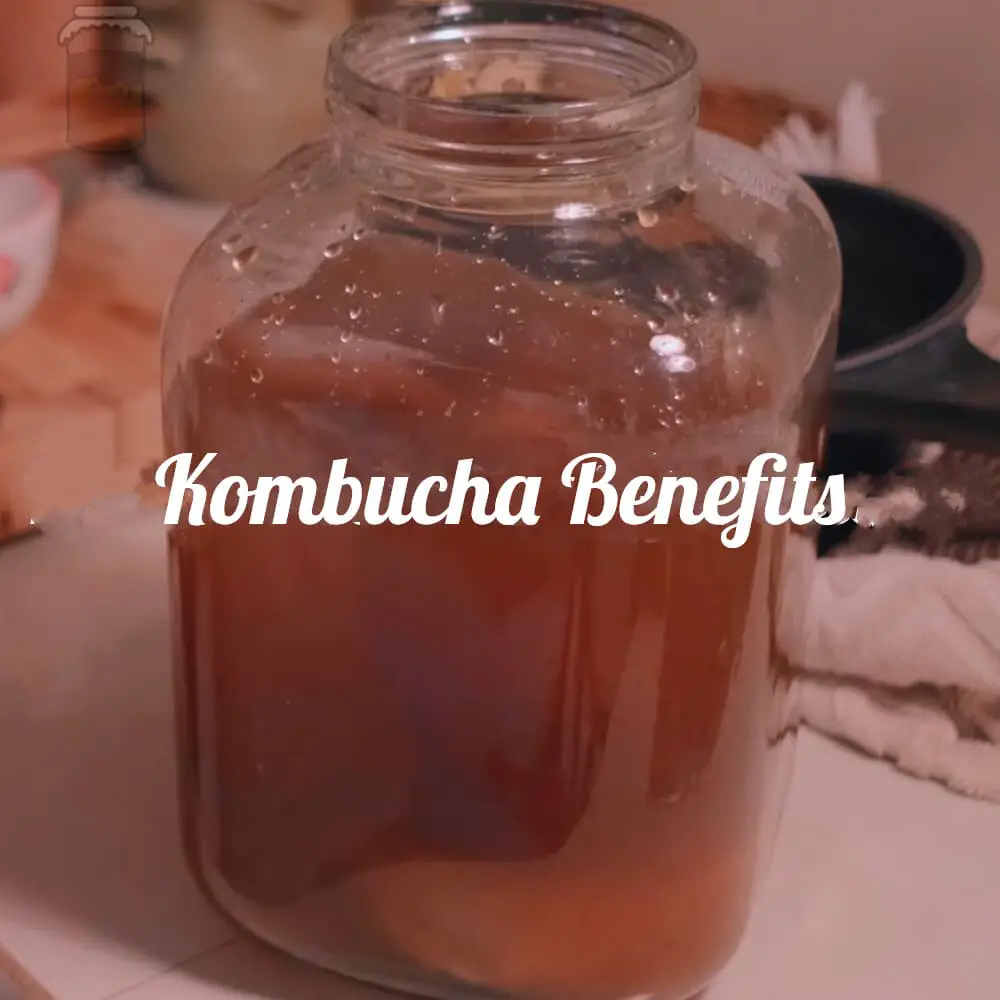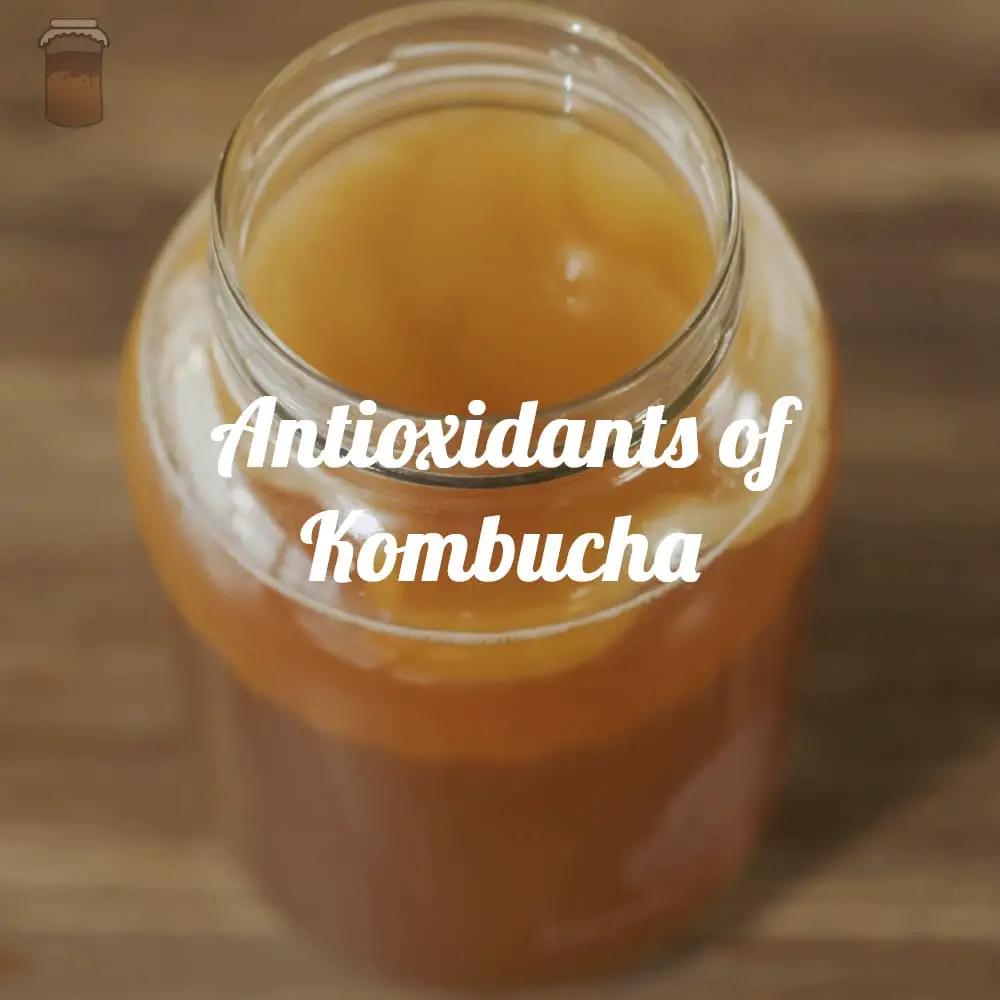
In ancient times kombucha was considered an elixir capable of curing various ailments. Still, although it ceased to be used as a remedy over time, it is now being recognized again because its health effects continue to have the same importance for controlling some diseases, so let’s analyze the impact of drinking kombucha for a cold.
Kombucha has nutrients and minerals that will stimulate and improve the body’s physiological functions, giving it the necessary resistance to withstand any physical discomfort and weakness caused by mild and frequent pathologies such as colds.
The regular and cautious consumption of kombucha will not cure, but it will relieve the symptoms caused by the cold and other secondary infections associated with it. Therefore, it could be taken as a complement to shorten and reduce the discomfort of the cold, but without replacing the treatment of the same or associated diseases.
Is kombucha good for a cold? How do you improve it?
Kombucha contains:
- Probiotics and vitamins (B complex and C) help prevent and relieve cold symptoms.
- Providing energy and serotonin that will improve mood.
- Making you recover strength and preparing the body to fight other infections.
The probiotic content of kombucha could affect cold control, as these improve the body’s immune response. Therefore, consuming it regularly could reduce the chances of catching a cold or reduce its duration.
In particular, vitamin C relieves symptoms, even being very effective in people under physical stress, such as athletes and soldiers in extreme conditions. As we mentioned, vitamin C is present in kombucha.
Kombucha also improves interferon production, whose primary function is antiviral, and relieves bronchitis and asthma. [1]
How often and how much should it be drunk for a cold?
It can be consumed daily, but in the recommended amounts since there can always be side effects that could worsen cold symptoms and generate other health problems.
A cup of 120ml to 240ml daily is considered sufficient, and although cases have been found of people who have exceeded 480ml (which is the safe limit for consumption) because, according to them, they obtain more significant relief from their ailments, it has not been shown that this amount can be beneficial for everyone, in addition to the possible side effects that may appear over time due to high doses. [2]
Strictly speaking, we have a post dedicated to the recommended dose of kombucha, as daily as weekly, that you can check in the link, and which moment of the day you should drink kombucha.
Can it also be good for the flu?
It has been shown (in vitro) to have remarkable antimicrobial activity due to metabolites produced during kombucha fermentation, such as acetic acid and antibiotics that could help deal with flu-causing bacteria. [3]
It has an antiviral and antibiotic effect related to the product’s acidity and some molecules released from kombucha tea that exert the antibiotic effect alone or in conjunction with organic acids. [4]
The low pH could inhibit the growth of pathogenic bacteria, which in smaller quantities would not generate the same damage and would decrease the intensity of the symptoms. By the way, if you want to check what is the kombucha pH, click the link.
This may help control the progression of the flu and reduce the discomfort caused by it, although not as effective as the cold. In addition, the nutrients and electrolytes obtained by kombucha improve alertness and regains some strength for some daily activities.
Can the alcohol and caffeine in kombucha make the cold worse?
Depending on the brand of the product (commercial kombucha) and the person, it could generate effects that worsen some symptoms, such as headache and declined physical condition due to dehydration.
There are different types of kombucha products with diverse alcohol and caffeine contents, which in high quantities and taken frequently, would generate side effects that would worsen the patient’s discomfort, causing headaches or drowsiness.
Caffeine could be helpful as an analgesic for headaches. Still, when consumed repeatedly, it would generate the opposite effect causing chronic headaches. [5] [6]
Now, hypothetically both caffeine and alcohol could affect you if you are very sensitive to them or consume those varieties of kombucha with a high content of both. Still, on average, kombucha has minimal alcohol and caffeine content, so it should not be a problem.
You can dig a bit further into the different levels of alcohol content in kombucha in the following article.
Can kombucha tea be prepared with other natural cold remedies?
The elaboration of the drink can be done in combination with medicinal plants used as remedies for colds or other diseases for its content of polyphenols, flavonoids, and antioxidants. Generating a better health result compared to typically prepared tea. [7]
The healing and functional properties of kombucha are improved by adding some medicinal plants such as linden, lemon balm, sage, echinacea, mint, and cinnamon, which are considered effective natural remedies for colds, some flu, and other related diseases. [7]
Even so, echinacea, despite being recommended, has not been shown in scientific studies to be able to generate these effects against the cold, only being useful for some people. Therefore, it is not clear whether it can improve these effects in kombucha or whether it is equally beneficial for everyone. [8] [9]
Due to its benefits, medicinal plants are increasingly accepted by health professionals, and as a result, by the population, often in combination with kombucha as it improves its sensory properties generating greater gratification for how delicious and healthy it is. [7]
Now that you know that kombucha for a cold is good keep reading this exciting content.
Referencias
[2] http://meridian.allenpress.com/jfp/article-pdf/63/7/976/1671742/0362-028x-63_7_976.pdf
[3] https://academicjournals.org/journal/AJMR/article-abstract/C49B0D012007
[5] https://pubmed.ncbi.nlm.nih.gov/18625110/
[6] https://ajph.aphapublications.org/doi/abs/10.2105/AJPH.83.9.1277
[7] https://journals.tubitak.gov.tr/agriculture/abstract.htm?id=28662
[8] https://academic.oup.com/cid/article/40/6/807/346438?login=true






